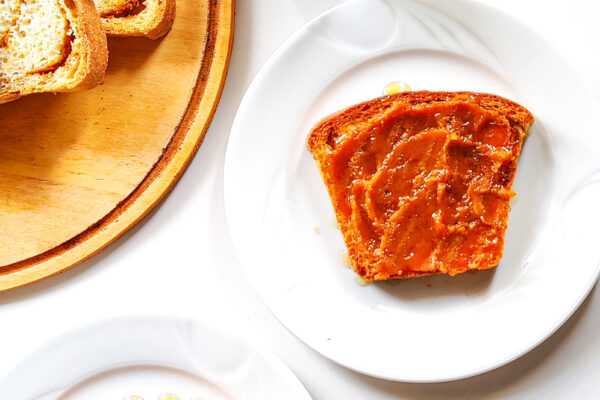When I was much younger, I always thought butter was the superior ingredient to use in cakes. Almost all the recipes I watched or read made use of butter and I was convinced that was the only way to bake a cake. But then I got to experimenting with both butter and oil in cakes and bakes and learnt a lot of things.
Oil and butter both have their respective advantages and disadvantages in cakes. That’s why it’s important to find the happy balance between the two and also figure out when to use which. For instance, I love using butter (especially browned butter) in brownies because it smells incredible, adds so much more flavor and also does not interfere with the leavening process (seeing how brownies technically do not use baking powder or soda).
But when it comes to cakes, it’s not always so straightforward. So let’s dive deeper into the oil vs. butter cake debate, breaking down when to use each for the best results.
The Case for Butter in Cakes

Butter is a classic ingredient in baking and for a good reason. Here’s why it shines:
- Flavor, Flavor, Flavor: Nothing beats the rich, creamy taste of butter. It adds a distinct flavor to cakes, making it perfect for recipes like pound cakes or butter cakes.
- Structure and Aeration: Butter can trap air when creamed with sugar, helping to create a light and fluffy texture. This is ideal for cakes where a fine crumb is desired.
- Versatility in Browning: As I mentioned earlier, browned butter can elevate the flavor of baked goods like brownies, cookies, or even banana bread.
When to Use Butter: If you’re baking a cake where flavor and structure are paramount—like a layered birthday cake, brownies, cookies or a rich vanilla sponge—opt for butter.
The Case for Oil in Cakes
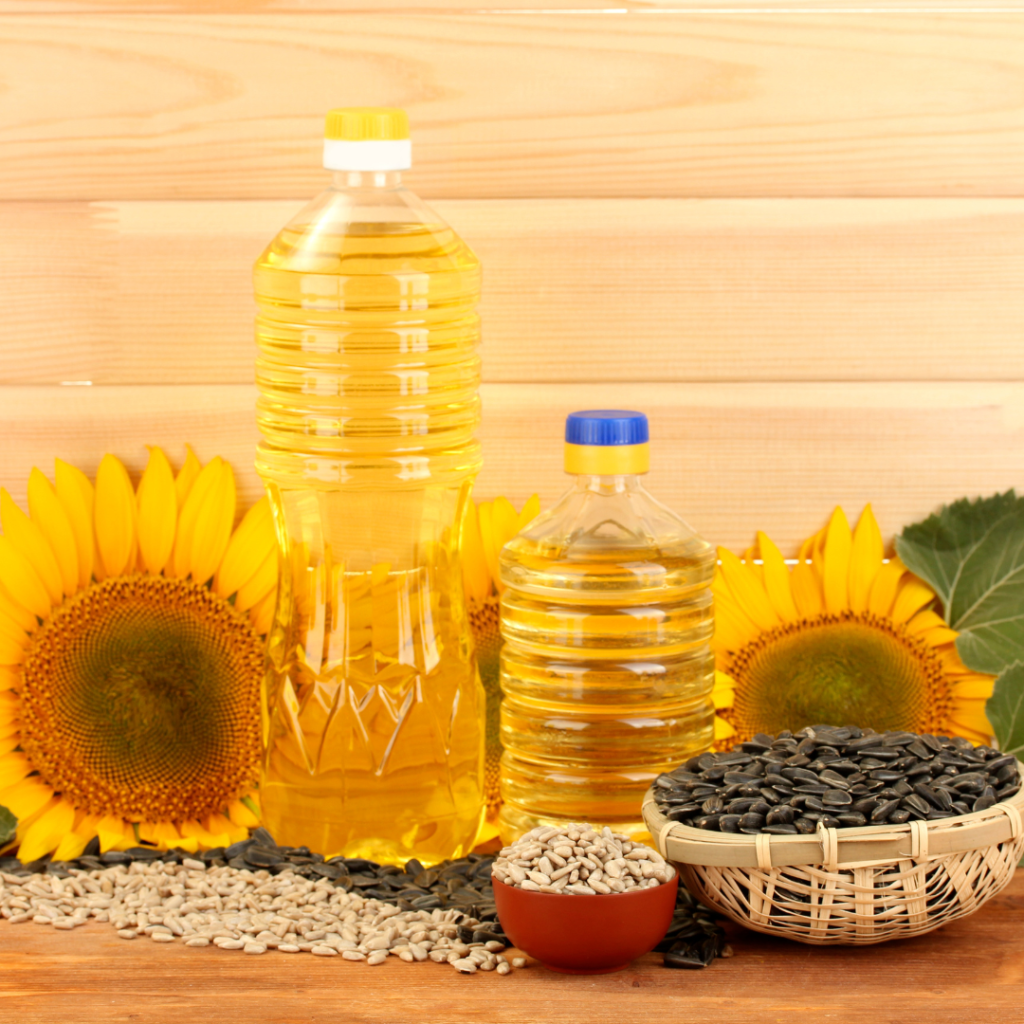
Oil might seem like the underdog, but it has its own merits that make it unbeatable in certain recipes:
- Moisture, Guaranteed: Oil helps retain moisture far better than butter, especially over time. This is why oil-based cakes, like carrot cake or red velvet, remain soft and tender for days.
- Neutral Flavor: While butter has a strong flavor, oil stays neutral, allowing other ingredients—like chocolate or spices—to shine through.
- Consistency Across Recipes: Unlike butter, oil doesn’t firm up when chilled, keeping cakes soft even when stored in the fridge.
When to Use Oil: If you’re baking a cake that prioritizes moisture—like a chocolate cake or a zucchini cake—oil will be your best friend.
Can You Combine Oil and Butter in Cakes?
Absolutely! Some recipes, especially modern ones, use a combination of both butter and oil to get the best of both worlds. The butter adds flavor, while the oil ensures the cake stays moist. I’ve tried this in several of my own recipes, and the results are often the perfect balance of taste and texture.
Tips for Deciding Between Oil and Butter
- Consider the Cake’s Purpose: Is this a centerpiece cake for a celebration, or something quick and simple for tea time? Go with butter for flavor in celebratory cakes and oil for casual, moist treats.
- Experiment with Substitutions: If you’re out of one, try substituting it with the other. For example, 1 cup of butter equals about ¾ cup of oil.
- Match the Fat to the Cake Type: Lighter cakes (like chiffon or sponge) tend to do better with butter, while denser cakes (like bundt or loaf cakes) thrive with oil.
My Favorite Bakes to use Butter
Here are a few tried-and-true recipes from my own kitchen where I’ve gone in with a heavy hand of butter.
These Fudgy Foolproof Brownies

These stunning fudgy brownies use butter and only butter. This recipe is completely foolproof and absolutely replicable so you get the same results every time.
These Small-Batch Chocolate Chunk Cookies
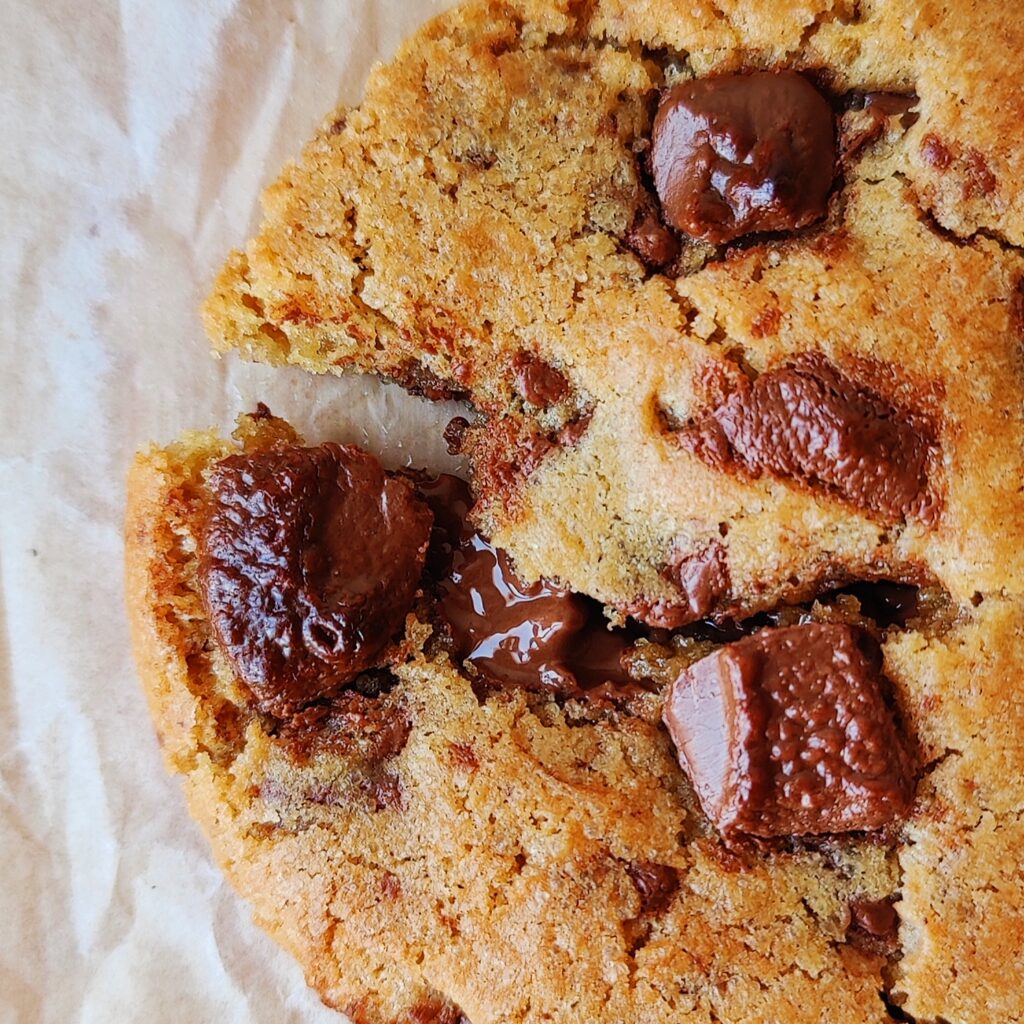
Cookies are best made with butter and if you’re feeling extra bougie, go for browned butter. In any case, the best cookies make use of the deep flavor of butter.
My Favorite Bakes to use Oil
I love baking everyday cakes, tea cakes and coffee cakes with oil. They’re light and fluffy and allow for other ingredients to shine through.
This Lemon Poppyseed Loaf Cake
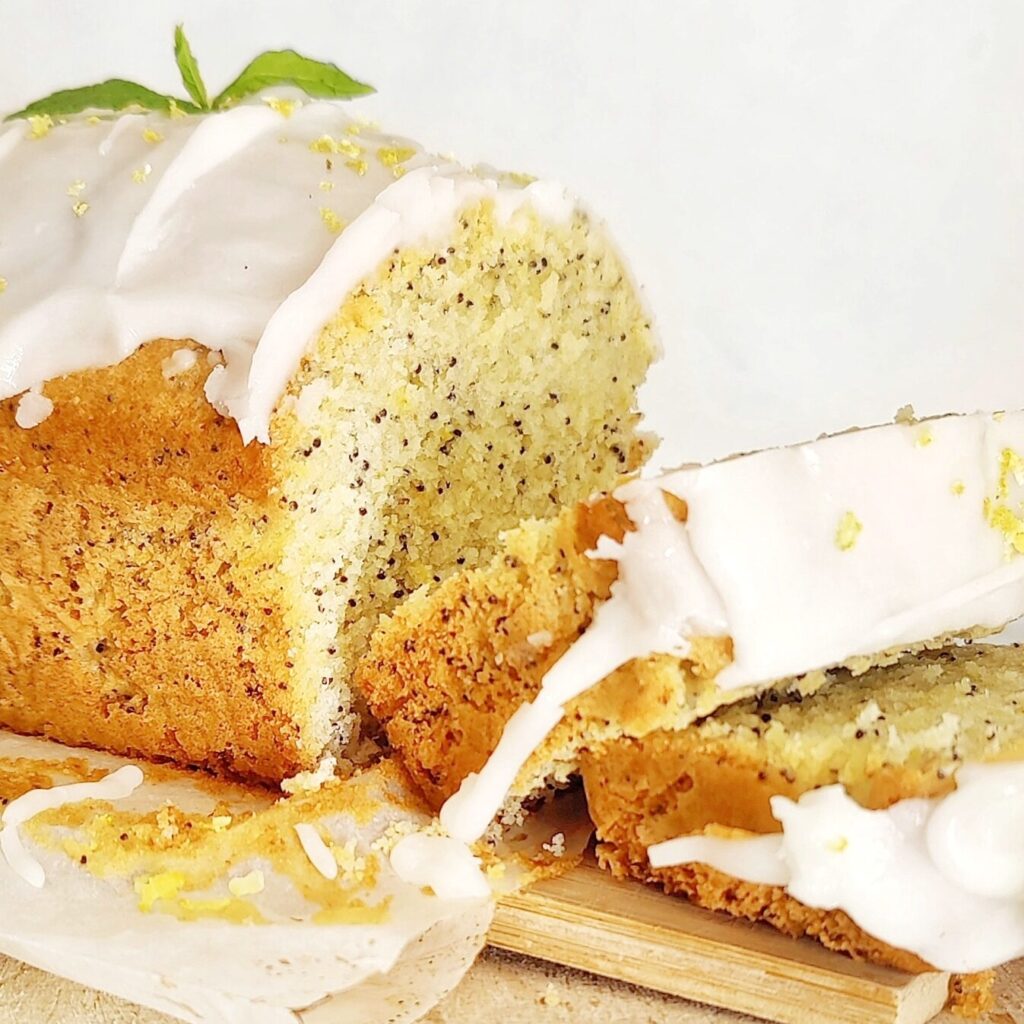
This zesty fluffy lemon poppyseed loaf cake is incredible all on its own. However, if you want to take things up a notch, add a sweet lemon sugar glaze. This glaze alone will take your loaf cake to new heights in terms of flavor and aesthetic.
This Mocha Banana Loaf Cake
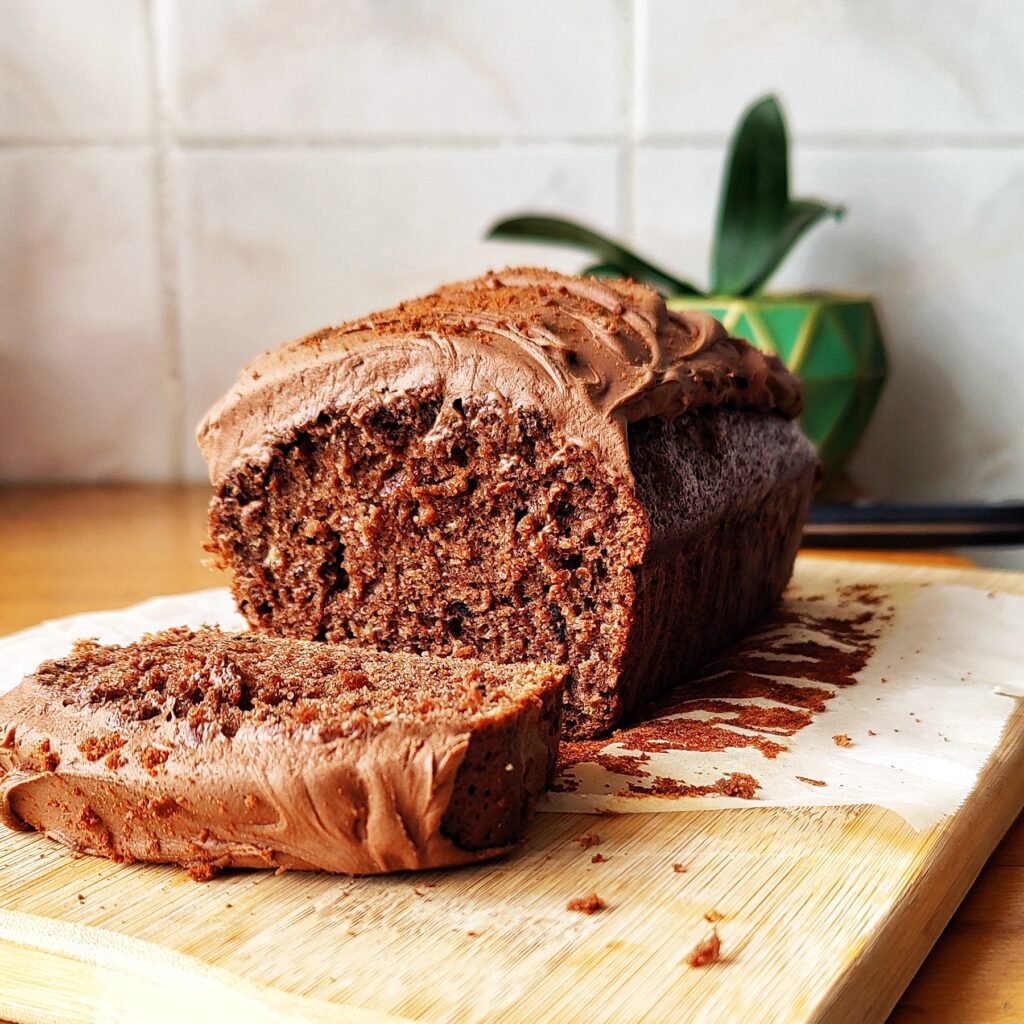
The loaf is rich with the deep flavor of cocoa and a dash of coffee elevates that to the next level. Whipped with mashed overripe bananas, you have yourself a decadently soft, tender and fluffy loaf.
The Happy Balance
At the end of the day, choosing between oil and butter in cakes depends on the flavor, texture, and shelf life you’re aiming for. For me, it’s been a journey of experimenting and tasting (the best kind of research, if you ask me!).
There are some elements in a recipe that need butter regardless of whether you’re using oil or butter in the full recipe – for example, a crumble topping. But when it comes to cakes and baking, butter and oil can be substituted for one another (as long as you get the ratios right)
So the next time you’re whipping up a cake, consider the role of fat in your recipe. Whether you choose oil, butter, or both, you’ll be one step closer to mastering the art of baking.
What’s your take on the oil vs. butter debate? Share your thoughts and favorite recipes in the comments below!
